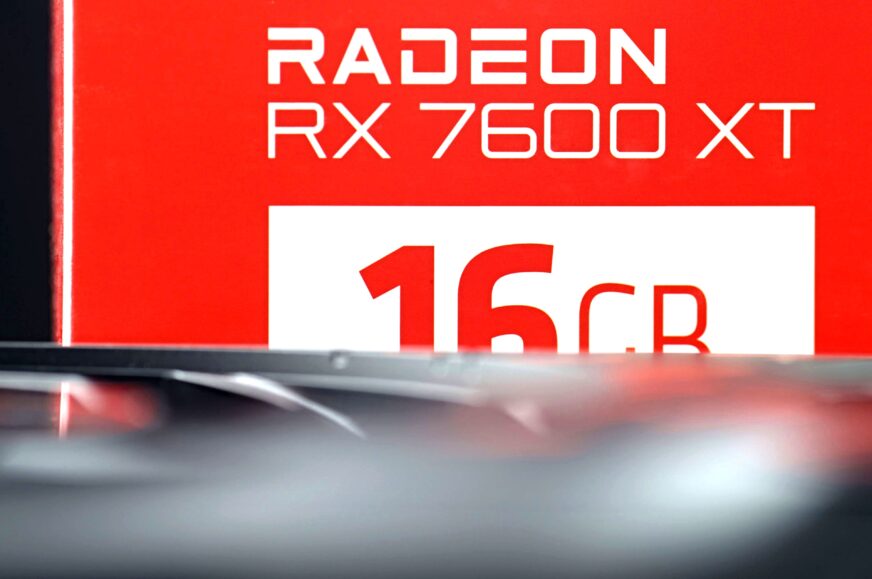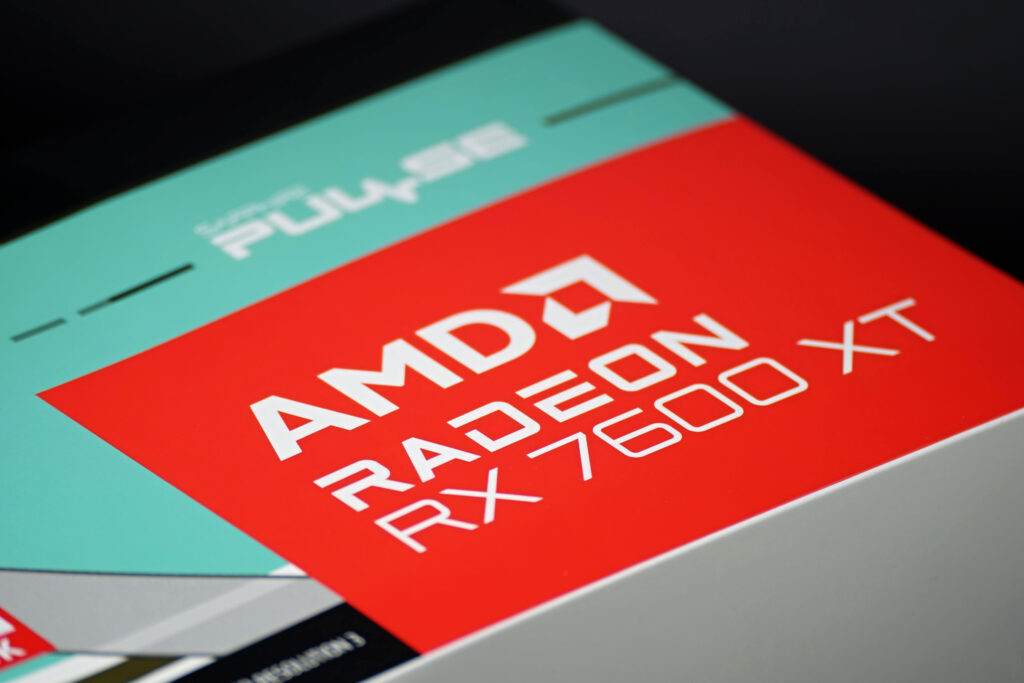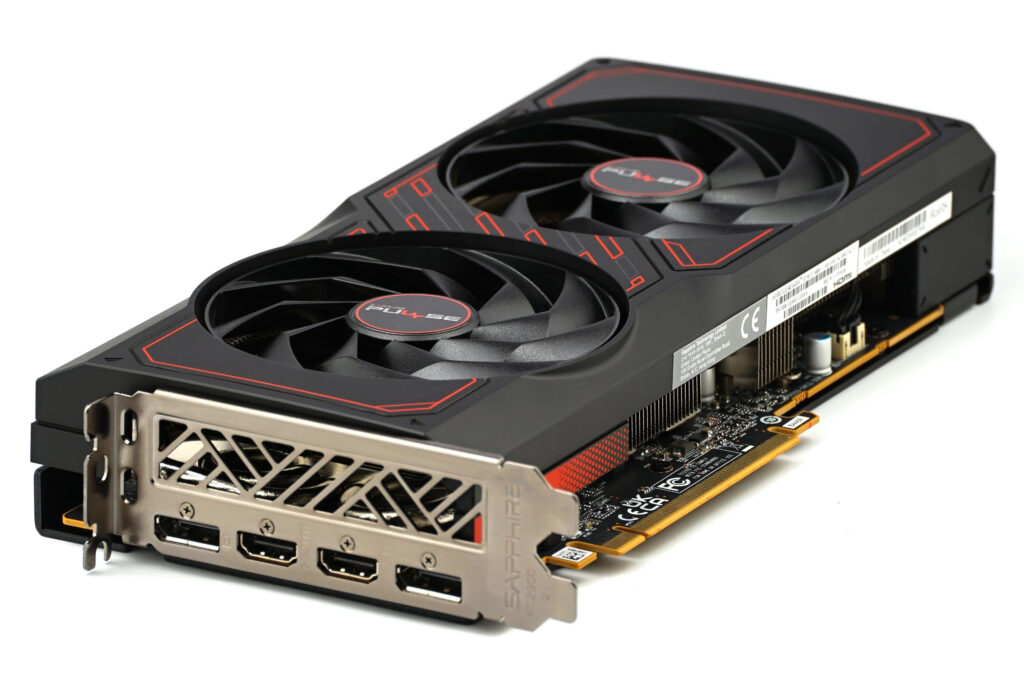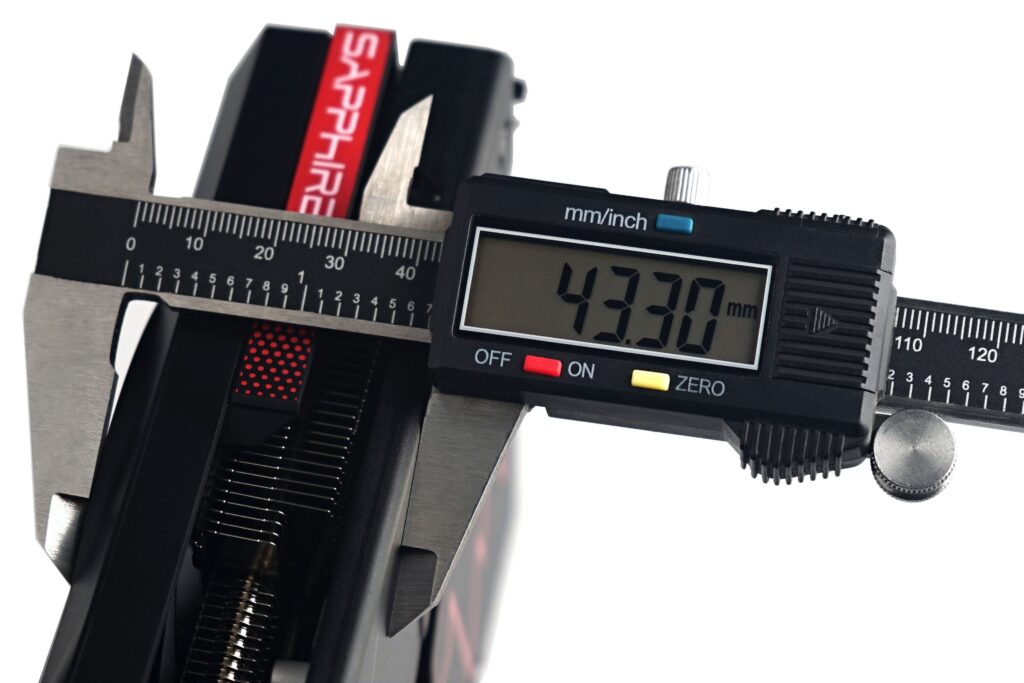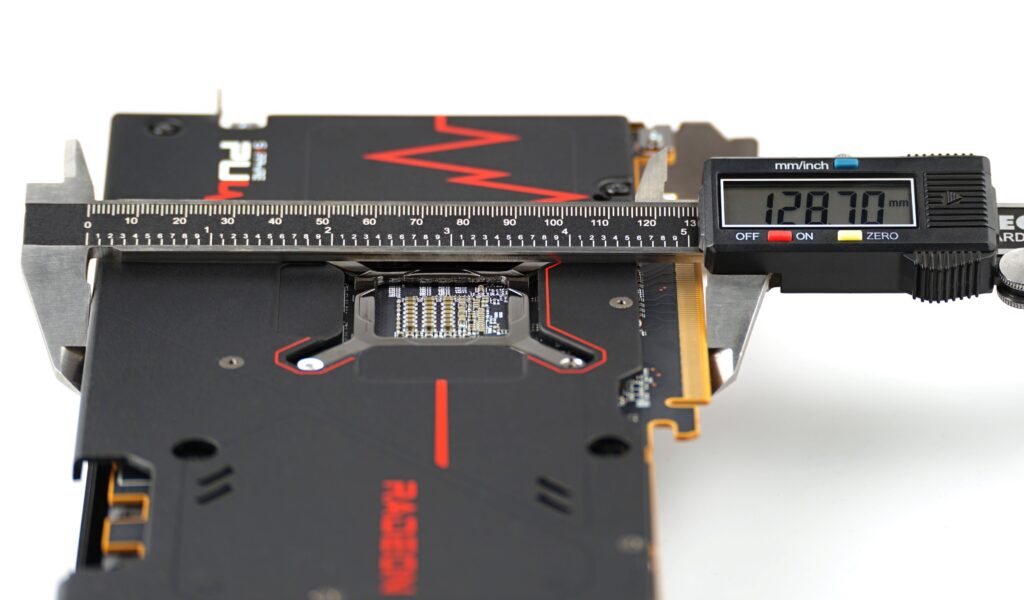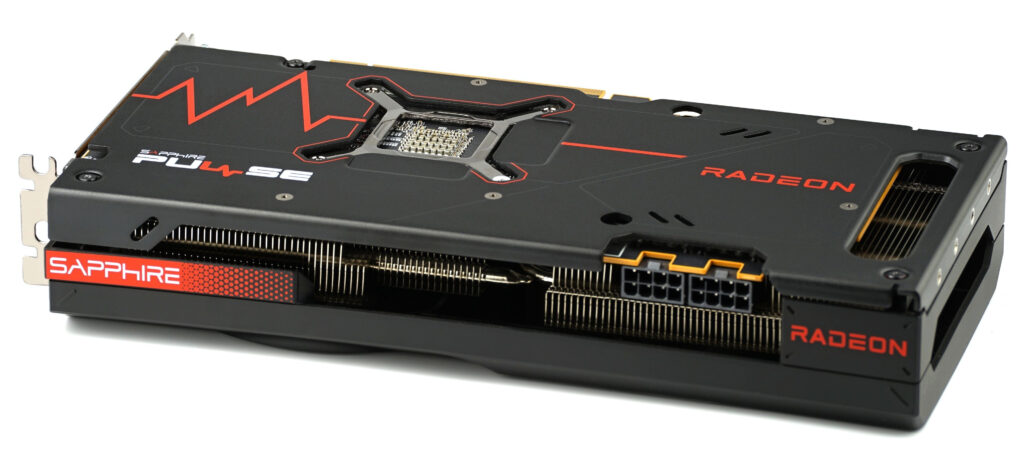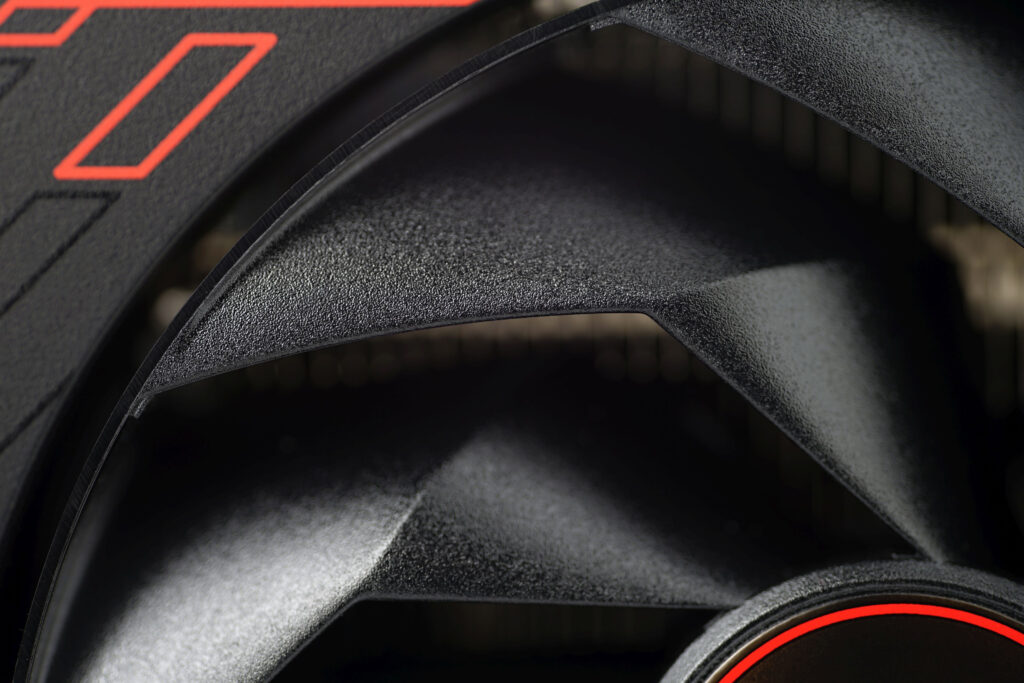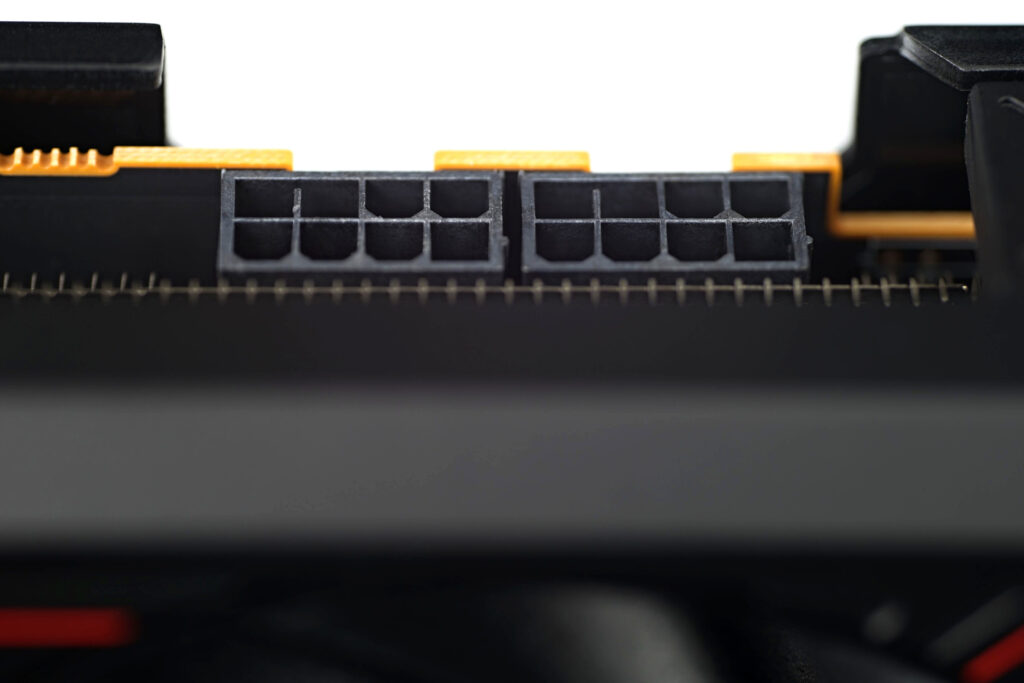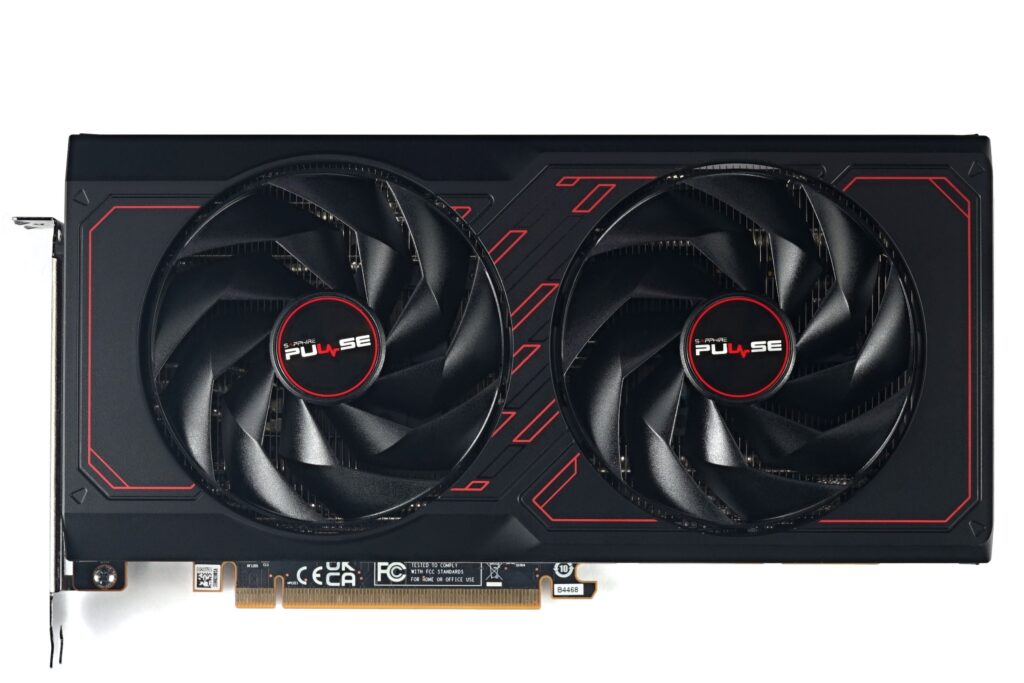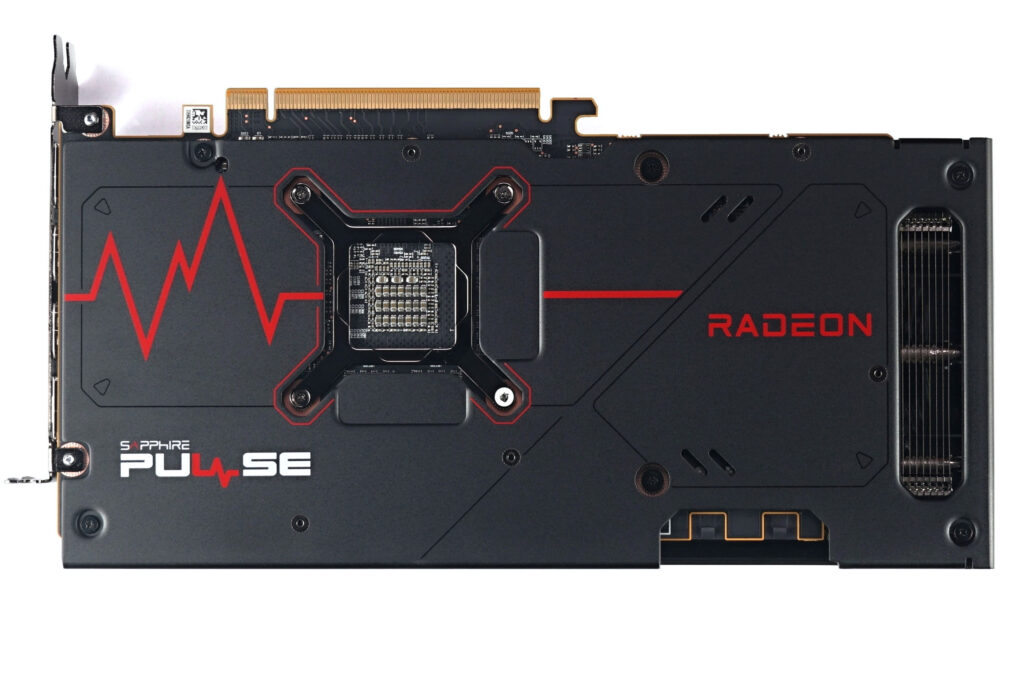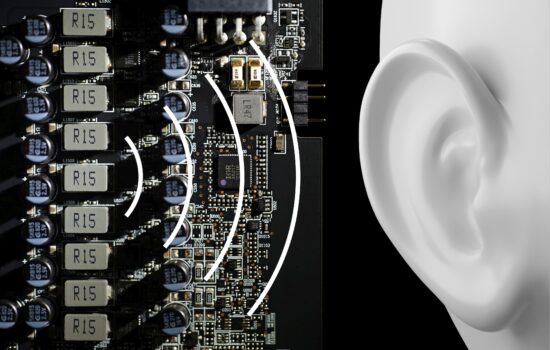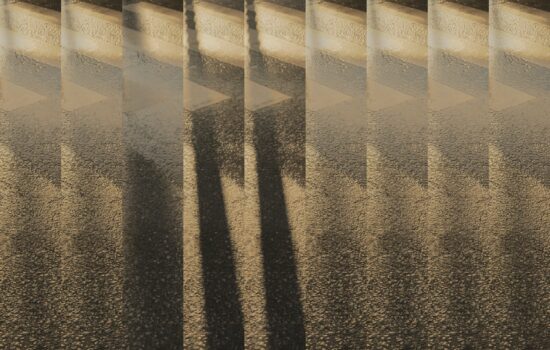Sapphire RX 7600 XT Pulse in detail
Higher GPU clock speeds and double the memory. These are the parameters that characterize the Radeon RX 7600 XT compared to the non-XT model (RX 7600). At the same time, it is a very affordable solution attractive for users prioritizing large video memory, even with a relatively weaker GPU (it doesn’t matter that much…). In our tests, we’ll break down how Sapphire’s design – the RX 7600 XT Pulse – fares in games and beyond.
The attractiveness of the RX 7600 XT graphics cards lies mainly in the combination of 16 GB of memory (GDDR6 type) with a relatively low price. Of course, category-wise, we still have to talk about the mid-end, but in it, there are usually graphics cards with significantly less memory than the 16 GB Radeon RX 7600 XT. The GeForce RTX 4060 Ti with 16 GB costs at least 150 EUR more, even though Nvidia’s GPU in this graphics card is faster than the Navi 33 XT in the RX 7600 XT.
Closer to the Radeon (RX 7600 XT) are the Intel Arc A770 graphics cards with 16GB. Both speed-wise and price-wise. The manufacturer’s suggested price is still a bit higher than the RX 7600 XT, though you’ll also come across cheaper 16GB A770 models on store price lists. However, this is also due to some extent to the fact that the RX 7600 XT is just after release at its price peak, and looking forward, some price drop can also be expected for the latest Radeons. The RX 7600 XTs are also cheaper to manufacture due to the GPU being almost twice smaller than that of the Arc A770.
The RX 7600 XT graphics core is the same as with the non-XT models (7600) – Navi 33 with 2048 shaders (32 CU). The bandwidth of the GDDR6 memory, which is reconnected via a 128-bit bus, hasn’t changed either. So the difference is only in the number of modules, there are twice as many on the RX 7600 XT, as the capacity per chip hasn’t changed. To communicate with the motherboard, this graphics card uses 8 lanes of PCI Express ×16 interface.
Unlike the RX 7600, DisplayPort 2.1 support is already mandatory for the RX 7600 XT, specifically UHBR 10. DP bandwidth is thus slightly lower than on higher-end models (from RX 7700 XT upwards) with UHBR 13.5, but this does not translate into lower resolution or refresh rate in practice, only more compression. More thematic details on the UHBR can be found in this article.
Sapphire RX 7600 XT Pulse in detail
The Sapphire Pulse is one of the MSRP models, meaning no price increase beyond AMD’s reference RX 7600 XT. We also have the RX 7600 in the Pulse version to compare, and of the graphics cards with competing GPUs, we have the Gigabyte RTX 4060 Windforce OC 8G. This is also the “base” model at no extra cost beyond the manufacturer’s suggested price.
According to Sapphire’s official specifications, the RX 7600 XT Pulse’s clock speeds should be 184 MHz higher in gaming load compared to the RX 7600. However, this is only a guideline value that can (and will) vary game to game. And the achieved GPU clock speeds are also affected by system cooling and the overall “climatic” conditions of the build in which the graphics card is running. However, the XT variant should always be faster in terms of GPU clock speeds. Sapphire’s specs also list a higher TGP (Total Graphics Power), 192W. This should account for and include the power increase given by the larger memory fitted.
In terms of dimensions, it is a rather smaller graphics card by today’s standards. The RX 7600 XT Pulse has two 95-millimeter fans and the total weight of this graphics card is approximately 800 grams.
This model outgrows the lower 7600 Pulse in all axes. However, with 250 mm of length, very good compatibility with cases is still maintained and there will be no excessive collisions even with expansion cards. It naturally blocks the second slot, but the third is already usable, although it must be taken into account that its use will worsen the cooling of the graphics card, which can then be noisier.
And one more dimension – width. It is average (about 129 mm). In narrower cases (typically dual-chamber cases with a vertically split interior) it may already be over the limit (and will interfere with the side panel), but in cases with a mainstream layout it will fit in the vast majority with a fairly large margin.
The backplate is all-metal and is in contact with the memory through thermal pads. This means that in addition to its protective and reinforcing role, it is also involved in cooling.
At the back, where the backplate already extends beyond the PCB of the graphics card, there is traditionally a small window for better airflow, thanks to which higher cooling efficiency is achieved.
The fans look good, reasonably, geometry-wise. The blades are densely packed and will have higher static pressure, which is important for functioning on the fins of a radiator. Also present is a hoop that stiffens the tips of the blades, which suppresses vibration and eliminates unwanted resonant frequencies. And for a more even pressure load, there is a more pronounced bending of the blades in the center.
External power: Instead of one connector (RX 7600), there are now two 8-pins on the side of the card. These too suggest increased power requirements, and we know from test results that the difference between the RX 7600 XT Pulse and the RX 7600 is significantly greater than the 7 W stated in Sapphire’s materials (185 vs. 192 W).
Please note: The article continues in following chapters.
- Contents
- Sapphire RX 7600 XT Pulse in detail
- Table of parameters
- Methodology: performance tests
- Methodology: how we measure power draw
- Methodology: noise and sound measurement
- Methodology: temperature tests
- Test setup
- 3DMark
- Age of Empires II: DE
- Assassin’s Creed: Valhalla
- Battlefield V
- Battlefield V with DXR
- Borderlands 3
- Control
- Control with DXR
- Counter-Strike: GO
- Cyberpunk 2077
- Cyberpunk 2077 with DXR
- DOOM Eternal
- F1 2020
- FIFA 21
- Forza Horizon 4
- Mafia: DE
- Metro Exodus
- Metro Exodus with DXR
- Microsoft Flight Simulator
- Red Dead Redemption 2 (Vulkan)
- Red Dead Redemption 2 (Dx12)
- Shadow of the Tomb Raider
- Shadow of the Tomb Raider with DXR
- Total War Saga: Troy
- Wasteland 3
- Overall gaming performance and performance per euro
- CompuBench (OpenCL)
- SPECviewperf 2020 and SPECworkstation 3
- FLOPS, IOPS and memory speed tests
- 3D rendering 1/2 (LuxMark and Blender@Cycles)
- 3D rendering 2/2 (Blender@Radeon ProRender and Eevee)
- Photo editing (Adobe Photoshop, Lightroom and Affinity Photo)
- Broadcasting (OBS and Xsplit)
- Password cracking
- GPU clock speed
- GPU and VRAM temperatures
- Net graphics card power draw and performance per watt
- Analysis of 12 V rail power supply (higher load)
- Analysis of 12 V rail power supply (lower load)
- Analysis of 3.3 V rail power supply
- Noise level
- Frequency response of sound
- Conclusion





